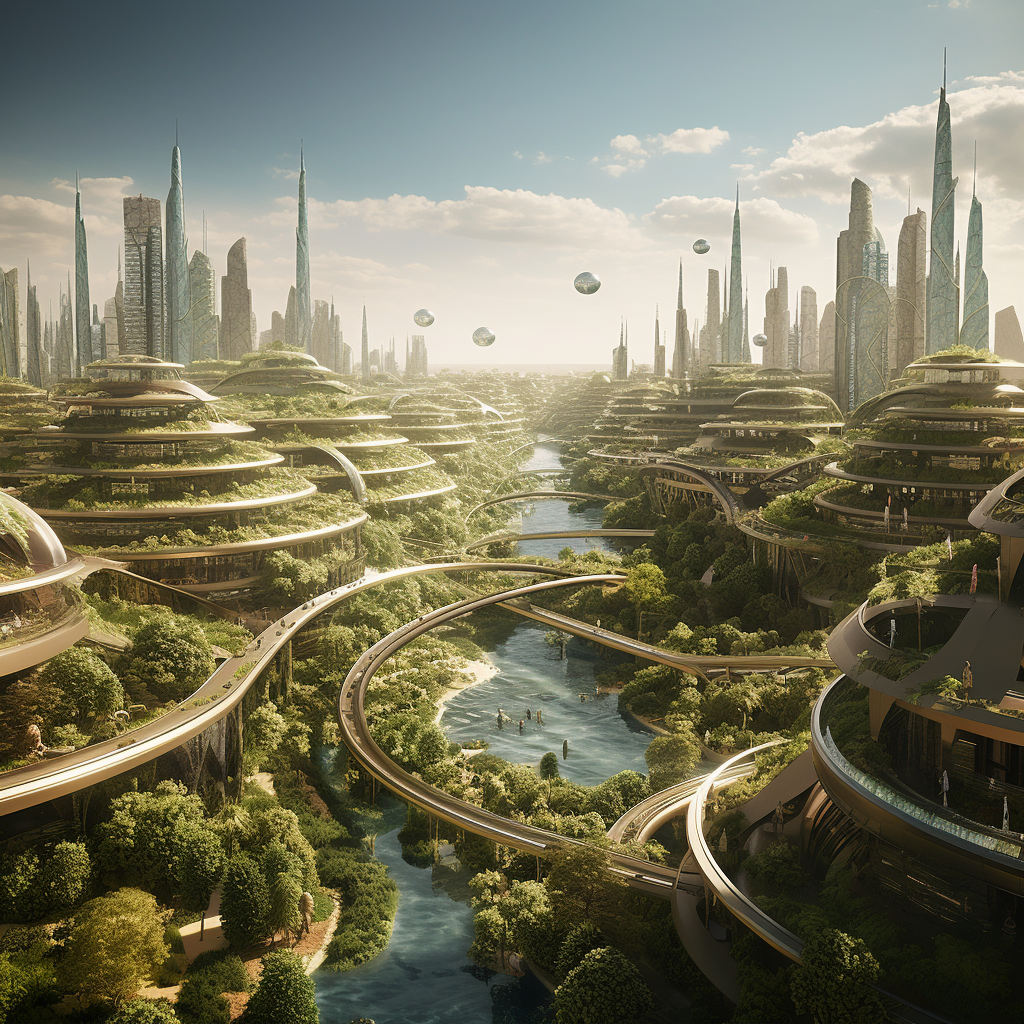As the global emphasis on environmental sustainability intensifies, the Middle East is positioning itself at the forefront of the green revolution. Recognizing the urgent need to address climate change and environmental degradation, nations across the region are launching ambitious initiatives to promote sustainability, reduce carbon footprints, and embrace renewable energy.
Pioneering Renewable Energy Projects
The Middle East is home to some of the world’s most ambitious renewable energy projects. The UAE’s Mohammed bin Rashid Al Maktoum Solar Park, one of the largest solar energy projects globally, exemplifies the region’s commitment to renewable energy. Similarly, Saudi Arabia’s Vision 2030 includes significant investments in solar and wind energy, aiming to diversify its energy sources and reduce dependence on oil.

Sustainable Cities and Green Infrastructure
Beyond energy projects, the Middle East is also pioneering the development of sustainable cities and green infrastructure. Masdar City in Abu Dhabi is a prime example, designed to be one of the world’s most sustainable urban communities. In Qatar, the Msheireb Downtown Doha project incorporates smart city technologies and sustainable design principles to create a new social and civic hub that prioritizes environmental responsibility.
Conservation and Reforestation Efforts
Conservation and reforestation are also key components of the Middle East’s environmental strategy. Saudi Arabia’s ambitious “Saudi Green Initiative” and the UAE’s “Mangrove Conservation Project” aim to combat desertification, preserve biodiversity, and sequester carbon dioxide through extensive tree planting and conservation efforts.
The Role of Innovation and Technology
Innovation and technology play critical roles in the Middle East’s environmental sustainability efforts. From advanced water desalination technologies to smart grid solutions and waste-to-energy projects, the region is leveraging cutting-edge technologies to address environmental challenges and promote sustainable practices.
Challenges and Opportunities
While the Middle East faces unique environmental challenges, including water scarcity and extreme temperatures, its commitment to sustainability and environmental innovation presents significant opportunities. By investing in renewable energy, green infrastructure, and conservation, the region not only contributes to global environmental goals but also sets a precedent for sustainable development in arid and semi-arid regions.
Conclusion
The Middle East’s green revolution is a testament to the region’s evolving identity as a leader in sustainability and environmental innovation. Through ambitious projects and initiatives, it is demonstrating a profound commitment to creating a sustainable future, not just for itself but for the world. As these efforts continue to unfold, the Middle East is poised to be a key player in the global movement towards environmental stewardship and sustainability

